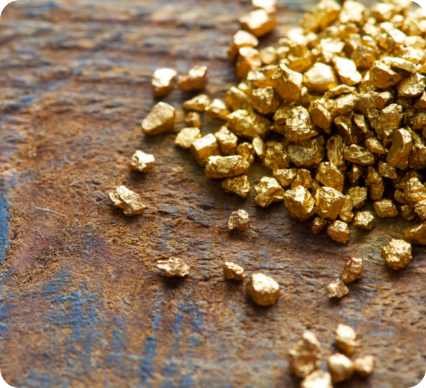HIGHLIGHTS
● Review of Lucky Sevens prospect highlights possible repetitions, including targets buried under Cretaceous cover which have never been investigated.
● Possibility of multiple lines of lode, highlighting similarities with the Victorian Goldfields.
Koonenberry Gold Ltd (ASX: KNB) is pleased to announce that it has identified the potential for multiple prospects, similar to its flagship Lucky Sevens target where historical drilling intersected 5m @ 25.1 g/t gold hosted within a quartz reef from surface2.
Geologists have reviewed the available geological and geophysical data in the Lucky Sevens area and highlight potential for several possible repetitions of Lucky Sevens, including targets buried under cover which have never been investigated.
“We are encouraged by this review, as the data highlights the mineralisation parallels between the Koonenberry project and the Victorian Goldfields,” said Koonenberry Gold CEO Karen O’Neill.
Geologists have reviewed the available geological and geophysical data in the Lucky Sevens area, which has already been covered by a detailed airborne magnetic survey, along with geological mapping data focused on the reef systems. Key findings of this work include:
● Recognition of multiple anticlinal fold zones, including doubly plunging anticlinal domes which broadly have NW-SE trending axes (Figures 1 and 2). This is important because fold hinges make good targets for this style of mineralisation), as is the case in the Victorian Goldfields1;
● One of the controls on mineralisation at Lucky Sevens is likely to be rheological contrast, that is, contrast between the hard sandstones and the softer mudstone interbeds of the host Bunker Creek Formation. Where such rheological contrast exists within the anticlinal zones theoretically represents a robust target. It is noted that the presence of mafic rocks of the Bittles Tank Volcanics in the Old Bunker Tank area provides further rheological and chemical contrast;
Figure 1: Lucky Sevens Area Schematic. Yellow dotted lines illustrate the interpreted bedding trend and the red lines the anticlinal fold axes.
● Lucky Sevens, Old Bunker Tank and Lasseters prospects, where gold has previously been detected conceivably belongs to the same stratigraphic horizon and sedimentary facies, and more repetitions could be present under thin Cretaceous cover to the NE, where more anticlinal features are predicted (Figures 1 and 2). Similar favourable stratigraphic horizons could also exist at depth, ensuring opportunities to discover new zones of mineralisation below surface in multiple zones.
● Validation of this model has already gained some confidence in the form of recently discovered specimen gold nuggets along the projected continuation of the Lucky Sevens trend (Figures 1 and 2). KNB has completed a costean over this zone (labelled “Seventeen Black” in Figure 1). The samples are being processed using the onsite gravity plant, and will be sent to the laboratory for assay.
● It is possible that palaeoplacer gold found in the historical Williams Peak workings is derived from one of the target zones covered by Cretaceous sediments. It is further possible that the palaeoplacer gold at the base of the Cretaceous (hosted within the Namur Sandstone) extends eastwards beyond the existing workings.
Figure 2: Lucky Sevens schematic geological section.
Koonenberry’s upcoming exploration program will expand the conceptual desktop work with detailed field structural mapping, which will be important in elucidating the deposit-scale controls on mineralisation. This will be complemented with a continuation of the regional soil sampling programme that the Company had commenced prior to listing, and has previously shown to be effective2. Infill soil samples at several targets, including Lucky Sevens, have already been collected and are awaiting assay. Similarly, rock chip samples and costean samples from Seventeen Black are being processed. Results of this work will be used to guide and prioritise RC drilling to test the highest priority targets.
Koonenberry Gold personnel have been keenly pursuing opportunities around its flagship Lucky Sevens gold prospect, where a mineralised reef is exposed on the surface, and historical drilling has intersected 5m @ 25.1 g/t hosted within a quartz reef from surface2. The Lucky Sevens structure is traceable for more than 2km along strike and is one of many gold targets that have been identified within the 1,339 km2 tenure. It lies within the little-explored Koonenberry fold and thrust belt which is considered prospective for orogenic gold systems based on similar lithostratigraphy, structural style, mineralisation timing and tectonic setting as seen in the Victorian Goldfields, in particular, the Stawell Zone³.
“We are pleased to have completed our IPO and get back to focusing on exploring the Koonenberry Project which we believe has the potential for significant discovery,” said Koonenberry CEO Karen O’Neill.
“There is so much evidence of gold within our leases, and we are approaching exploration with a geologically robust, methodical programme that I am confident will give us the best chance of success. With the geological team already identifying new targets and new concepts to test, we have made a positive start. I look forward to providing regular updates of our exploration programmes as we progress.”
References:
1 Dominy et al 2004, The Challenges of Evaluating and Exploiting Gold-Quartz Reefs in the Central Victorian Goldfield, Australia (The AusIMM New Leaders’ Conference, Ballarat, VIC, 21 – 22 April 2004).
2 Peters (2021). Koonenberry Gold Pty Ltd Independent Geologist’s Report – Koonenberry Gold Project 10 May 2021.
3 Greenfield and Reid (2006). Orogenic gold in the Tibooburra area north of Broken Hill- an extension of the Victorian goldfields? (AESC2006, Broken Hill).


